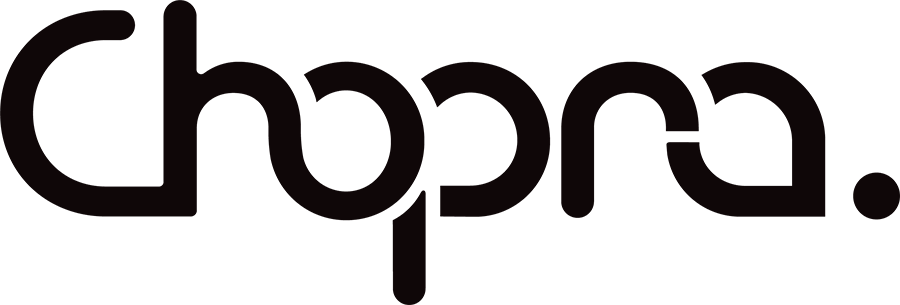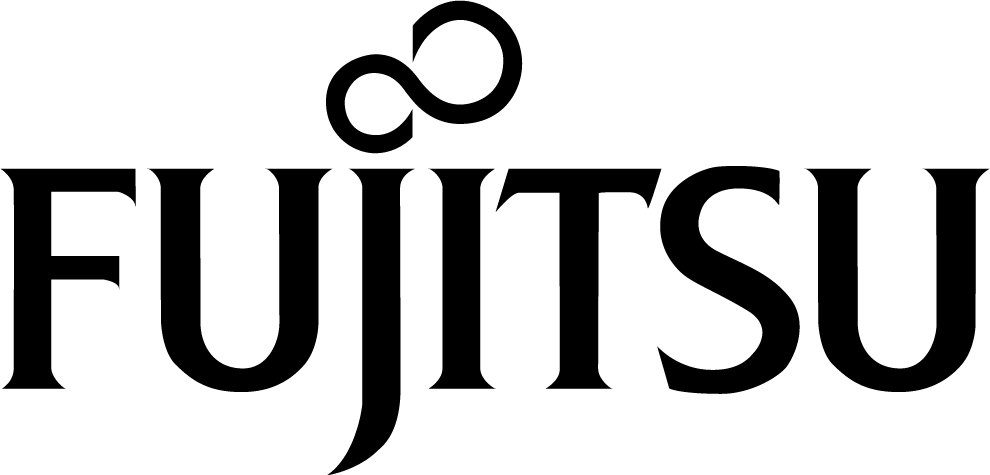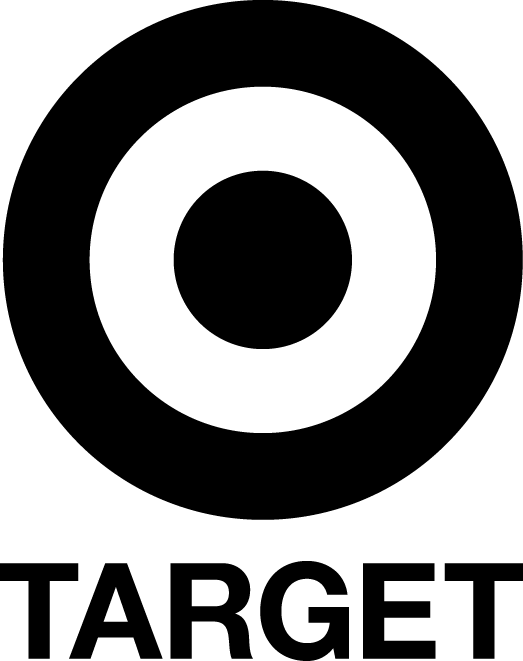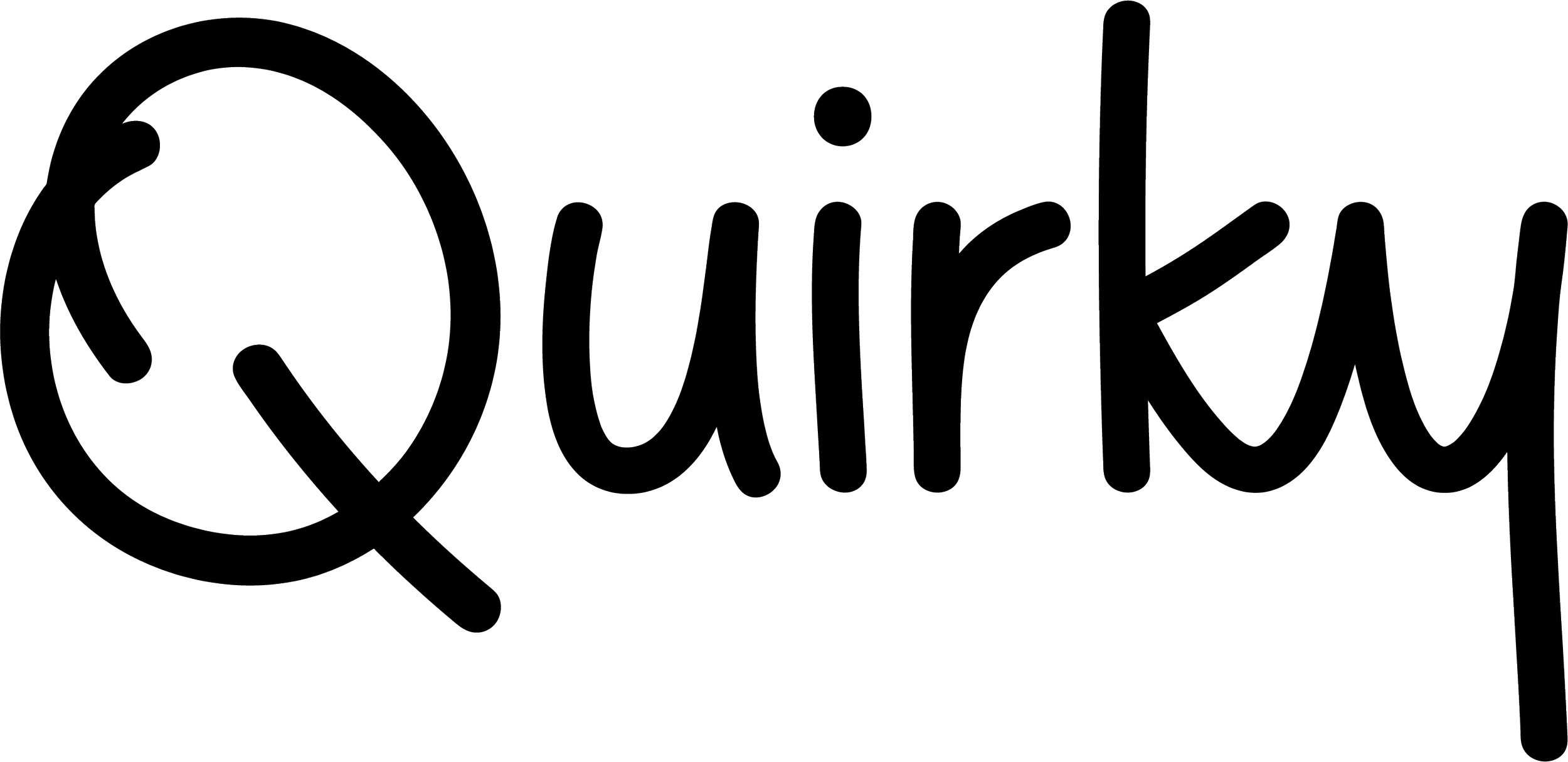Viresh Chopra is a design leader with over twenty years of experience. He has crafted and launched hundreds of products, brands, and services for global giants and groundbreaking startups. Viresh firmly believes that design has the power to solve real problems, drive positive change, and unlock unprecedented growth for businesses.
With a deep passion for his craft, Viresh has nurtured and led interdisciplinary design teams, igniting their creative spirit and pushing the boundaries of innovation. He thrives on being hands-on, inspiring designers and clients to embrace bold, courageous, and audacious thinking.
Viresh has held significant design leadership roles in renowned organizations. He served as the Head of Design at Fahrenheit 212 and as the Chief Design Officer at Quirky. Before that, he contributed valuable contributions as a Design Lead at Frog and the Creative Director at BuzzFeed Commerce.
Viresh's work has gained industry recognition and has been featured in esteemed publications like Time Magazine, The New York Times, and Fast Company. In addition, his work has been showcased at prestigious venues, including the Cooper Hewitt, Smithsonian Design Museum, and The Design Museum in London.
Trained as a designer in London, Viresh now resides in Brooklyn.
CAPABILITITES
STRATEGY + RESEARCH
-
I've worked closely with strategists to craft brand strategies for all types of businesses. These strategies guide what companies believe in and how we communicate these beliefs to consumers while standing out from competitors. We combine visuals, values, and messaging to foster recognition and trust, nurturing customer loyalty and driving business growth.
-
A strong Product and Portfolio Strategy in digital and physical products is essential to a company's success. It entails refining each product's essence while ensuring a harmonious alignment that reflects the company's vision and ensuring we are only working and spending time on the correct products. I've recently done this for GE, helping them create and launch their first-ever line of Smart Products and connected lightbulbs.
-
Innovation strategy is a company's deliberate plan and approach to foster creative ideas, develop groundbreaking solutions, and drive meaningful change and growth within its operations, products, or services. At Fahrenheit 212, I led our design team, and we created unprecedented growth for many Fortune 500 companies, including making Coca-Cola FreeStyle, their first-ever soda fountain machine that used proprietary micro-dosing technology could enable unparalleled variety beyond the traditional six valves found in existing equipment, creating hundreds of new flavor combinations for consumers.
-
For me and many other creatives, this is the most exciting part of a project. Concept development encompasses the journey of molding initial sparks of inspiration into distinct and feasible concepts, establishing the cornerstone for emerging products, services, or endeavors. I've developed many strategies and processes over the years to help designers when they are stuck in a rut or just need another spark of inspiration.
-
Brand naming entails creating a remarkable and enduring name for entities like "FreshDirect" in food or "Wink" in smart products, leaving a distinct mark on the market. I worked on these names and have named hundreds of products and services. Ask me about the endless lists of words, phrases, and names I have stored on my iPhone, just waiting to be used in future projects.
DESIGN + DELIVERY
-
Another amazing part of being a designer is creating a brand & identity from scratch. This inception involves strategically crafting a consistent and recognizable visual and conceptual identity that mirrors a business’s value, personality, and essence, fostering a powerful and enduring market presence. I’ve had a lot of fun over the years working on everything from ‘a brand identity for a Korean four-leaf clover farm’ to ‘rebranding the world’s oldest shaving brand, Truefitt & Hill.’
-
Within the design arena, creative direction involves orchestrating and directing a project's artistic outlook, aesthetic decisions, and strategic orientation. This assures that design elements, like visuals, typography, and arrangement, synchronize with project objectives, skillfully conveying a cohesive and influential narrative to the observers. I've been a Creative Director for many different types of Design firms (branding, innovation, in-house fashion) and have created extensive Creative Directions for every aspect of whole companies (Quirky, Fahrenheit212) and for individual projects (Naked Juice).
-
During my time at Quirky, we launched three consumer products a week. Our product development process needed to be buttoned up, repeatable, and able to scale. Our digital and physical product development involved envisioning, designing, honing, and materializing consumer products from scratch and also making enhancements to existing products in our portfolio. I worked closely with the Industrial and digital designers and the mechanical engineers and even went to China to vet some of the factories we were using.
-
My standout experience projects involve addressing design challenges across various user journey stages, such as Chipotle's new store designs encompassing 'digital pick-ups' and in-house dining. Our role was crafting interactions that shaped user perceptions and engagement. With 45% digital orders, we focused on food, staff, and interactions, blending aesthetics, functionality, and user-centered design for gratifying experiences.
-
My background is in Graphic design. I went to Art School and University in England and studied Graphic Arts. I love the language of design, especially the skillful orchestration of visuals, text, and fonts to communicate messages, stir sentiments, and produce visually captivating and impactful communication materials. I appreciate design with a smart idea as I believe 'everything you design' should try to communicate and delight. There is so much noise in the world; your work has to be able to cut through all of that. I have worked on many design ventures, including logos, advertisements, websites, publications, and many more, and I've always tried to follow this philosophy.
EXECUTION
-
Coming up with amazing designs is half the battle; if you can’t produce them well or don’t have access to amazing vendors, you will always be disappointed with the final result.
Production oversight in design involves carefully overseeing project execution. It ensures the design concept transforms into the final product while upholding quality, consistency, and your original vision. I always sit down with designers at the beginning of a project, and we try to envision the end result and how we will produce it.
-
Vendor and factory selection involves carefully identifying and choosing external partners or manufacturing facilities to bring design concepts to life. It encompasses evaluating capabilities, quality standards, costs, and overall compatibility to ensure the selected partners align with project goals and deliver desired outcomes efficiently.
-
Throughout my career, I've always developed good connections with printers and production houses; ultimately, they can define whether your projects look good and succeed in the marketplace. Vendor and factory selection involves carefully identifying and choosing external partners or manufacturing facilities to bring design concepts to life. It encompasses evaluating capabilities, quality standards, costs, and overall compatibility to ensure the selected partners align with project goals and deliver desired outcomes efficiently. I've been to China to evaluate factories and pride myself on the latest production trends and technologies.
-
Organizing photoshoots within design projects involves coordinating visual elements to create a compelling aesthetic. This entails conceptualizing, planning, and executing photoshoots with the collaboration of skilled photographers and retouchers to ensure visuals harmonize with the project's vision and brand identity.
-
At Quirky, we launched three consumer products a week. We needed to bring these ideas alive quickly for our online community of inventors and retailers interested in our new product concepts. Renderings used digital imagery to create highly detailed and lifelike visual representations of our product design concepts. These renderings sped up the design process by swiftly offering an accurate glimpse of the final product's appearance. This aided our designers in refining the products, making informed choices, and effectively sharing ideas. It also reduced costs from creating expensive 3D mock-ups at the early stages of this product life cycle.


















































